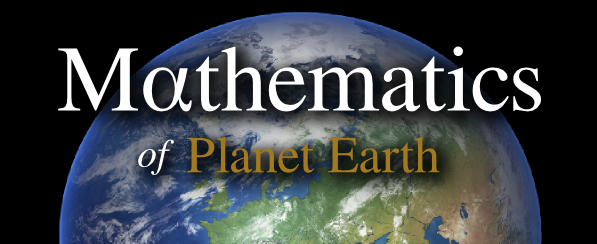Published by MPE PhD Student Niraj Agarwal The paper can be viewed in full here.
Authors: N. Agarwal, E.A. Ryzhov, D.Kondrashov and P.Berloff
Abstract:
We present a comprehensive study of the mesoscale eddy forcing in the ocean by proposing spatially local filtering of the high-resolution double-gyre ocean circulation solution into its large- and small-scale (eddy) components. The large-scale component is dominated by the mid-latitude gyres, the western boundary currents and their highly transient eastward jet extension; the eddy component is concentrated around the eastward jet and strongly interacts with it. The proposed decomposition method achieves flow filtering based on the local spatial correlations. This is different from the existing decomposition methods, e.g. classical Reynolds decomposition and moving-average (spatial) filtering with a constant filter size based on the first baroclinic Rossby deformation radius. Next, we characterize the dynamical impacts of the resulting eddy forcing on the large-scale flow in terms of their mutual time-lagged spatial correlations, formulated as product integral characteristics. Its temporal statistics uncover robust causality between the eddy forcing and the induced large-scale potential vorticity anomalies – referred to as the eddy backscatter. The results also prove the significance of the transient eddy forcing and the time lag dependence of the eddy backscatter. We argue that these properties are to be considered by eddy parametrization schemes. We further used the decomposed eddy fields to augment a coarse-resolution ocean model. The augmented solution statistically reproduces the missing eastward jet extension, enhances the eddy activities around it and recovers the essential large-scale low-frequency variability. This justifies a reduced-order statistical emulation of the eddies – an emerging methodology for including eddy effects in non-eddy-resolving ocean models.






